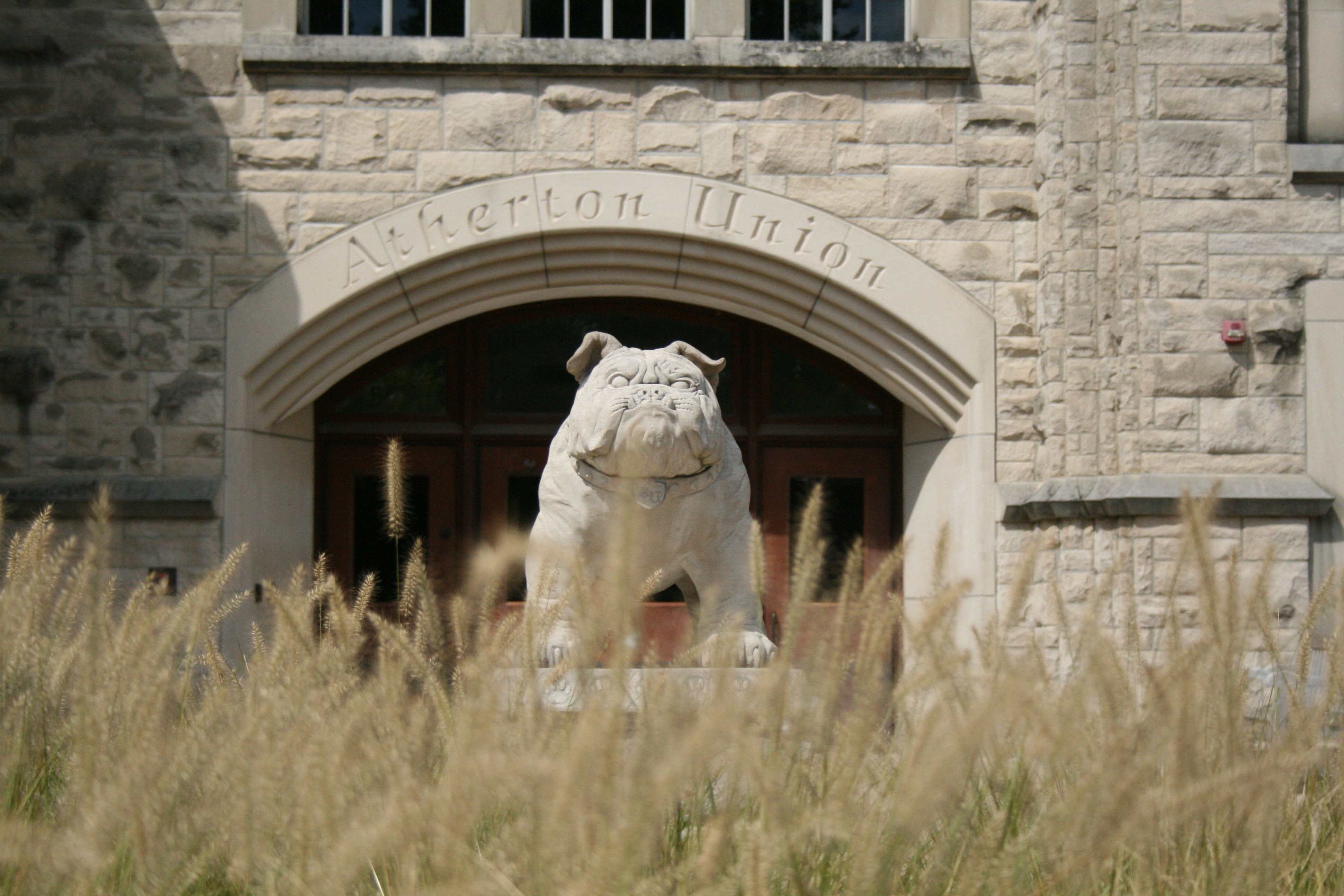Collegian file photo.
RACHEL ANDERLE | NEWS EDITOR | randerle@butler.edu
Butler University announced a 3.25 percent increase in tuition and fees and a 3 percent increase in room and board for the 2018-2019 school year. This is the lowest percentage increase in the past four years.
The decision to increase these costs was part of an annual review conducted by the university. After the review, the Board of Trustees approved the rates for the 2018-2019 school year at their October meeting.
Part of the review consists of looking at the tuition costs of schools that Butler competes with for students, Bruce Arick, vice president of finance and administration, said.
“There’s probably about 20 [schools] that we keep an eye on,” Arick said. “We look at it annually and make an informed decision based on an assessment of those really 20 schools.”
This group of schools consists of Midwestern schools within a few hundred-mile radius of Indianapolis that the university would compete with for students geographically. Schools in this groups include Indiana University, Purdue University, Marquette University, Northwestern University, Xavier University and more, Arick said.
Within this group, Butler has ranked seventh or eighth by tuition in the past few years and the university adjusts tuition to stay in that area among the group, Arick said.
“It doesn’t have a lot to do with cost,” Arick said. “It’s about what will the market bear, and we have to fit the cost into that.”
The announcement cited attracting faculty and staff, increasing the financial aid budget and ongoing facilities maintenance as the main areas affected by the increase in tuition.
Salary and benefits are not only the largest costs of the university, but they increase each year. Part of the increase in tuition will increase the university’s ability to keep salary and benefits competitive to attract and retain faculty, Arick said.
“After salary and wages, financial aid is probably our third largest cost,” Arick said. “More than 90 percent of our students are getting some form of financial aid. It’s our third largest expense”
Only 5 percent of Butler’s financial aid comes from money from donors, with the rest of the budget relying on revenue from the university, Director of Financial Aid Melissa Smurdon said.
“Financial aid will total more than $68 million for 2017-18 and yes, the budget for 2018-19 will be substantially higher,” Smurdon said.
Lena Fajardo will be a fifth year pharmacy student for the 2018-2019 academic year. She will see increases in tuition as part of her program on top of the 3.25 percent increase.
“The pharmacy program already has a price increase as you move into the first years of the graduate programs, and again when you become a full-time grad student,” Fajardo said. “I do not want to have to take out more loans than I have to, but with the annual increases, I am forced to take more and more out in loans.”
Fajardo largely pays for Butler by herself with only some help from her parents.
“I know that increases are inevitable with inflation but it also frustrates me,” Fajardo said. “I am already spending a fortune and taking thousands of dollars worth of loans just to get my degree.”
Most of Butler’s merit aid awards, which make up a large portion, will not increase as tuition increases. However, need-based aid for students is reevaluated every year and may be a source for additional resources as costs increase, Smurdon said.
Despite the increases from the university as a whole and within the program specifically, Butler was still her most cost effective option. At another school, she would have needed to pay for four years of graduate school on top of her undergraduate degree, Fajardo said.
“I just wish that there weren’t any annual increases or I could be locked into the tuition prices as of my first year on campus,” Fajardo said.
While there are many universities that offer locked-tuition for incoming classes, this is also paired with even larger tuition increases for the next incoming class, Arick said.
“I don’t feel like I see the benefit of the increased tuition on campus.” Fajardo said. “I see new buildings going up all the time and just think, ‘Well I guess that’s where my tuition is going: to a building I won’t even be able to use.’”
Despite the university’s recent growth, most of the funding for the Butler 2020 project was through fundraising, third party partnerships and other revenue streams outside of tuition, room or board, Arick said.
“Once a building is built,” Arick said, “even if you raised 100 percent in fundraising, you are still going to have the operating costs of that building, the cost to heat and maintain over its 20, 30, 100-year life.”
Undergraduate full-time tuition for the 2018-2019 academic year is now $40,160, according the Office of Student Accounts.



